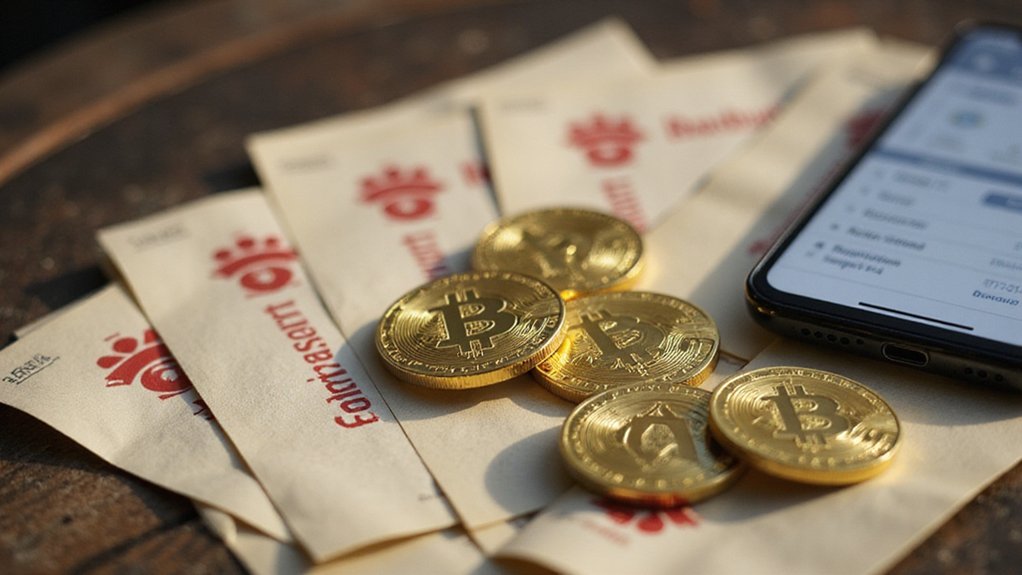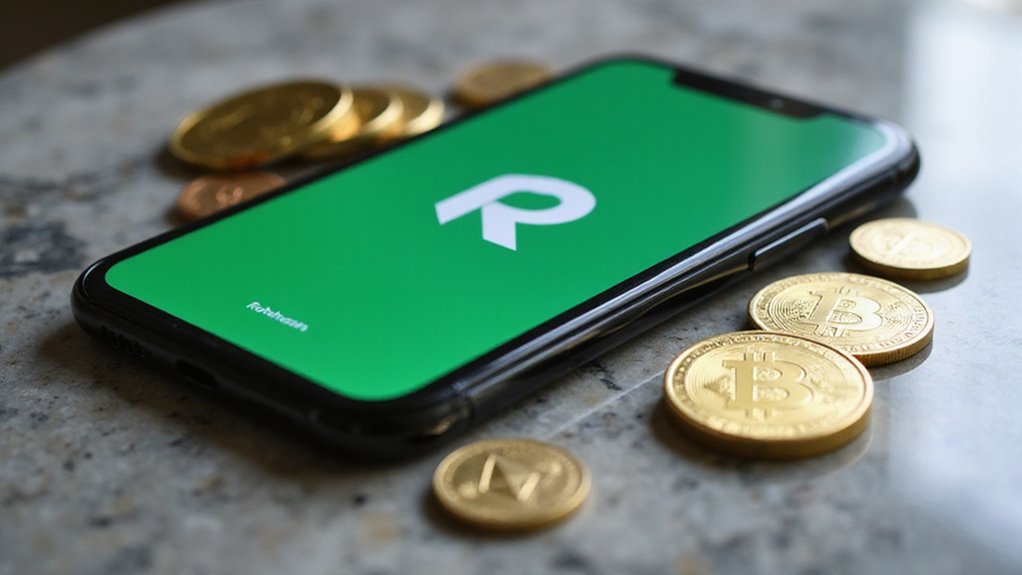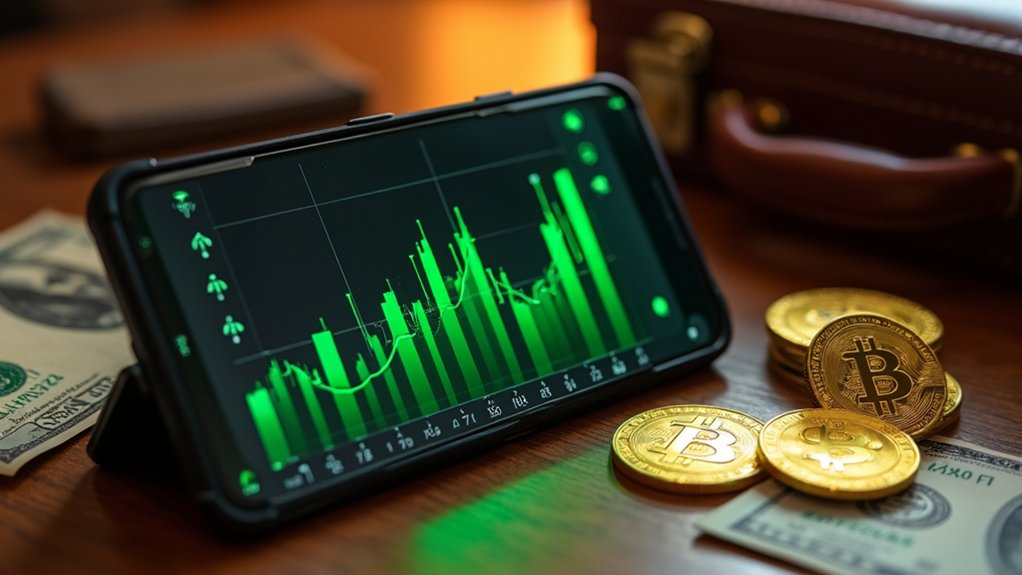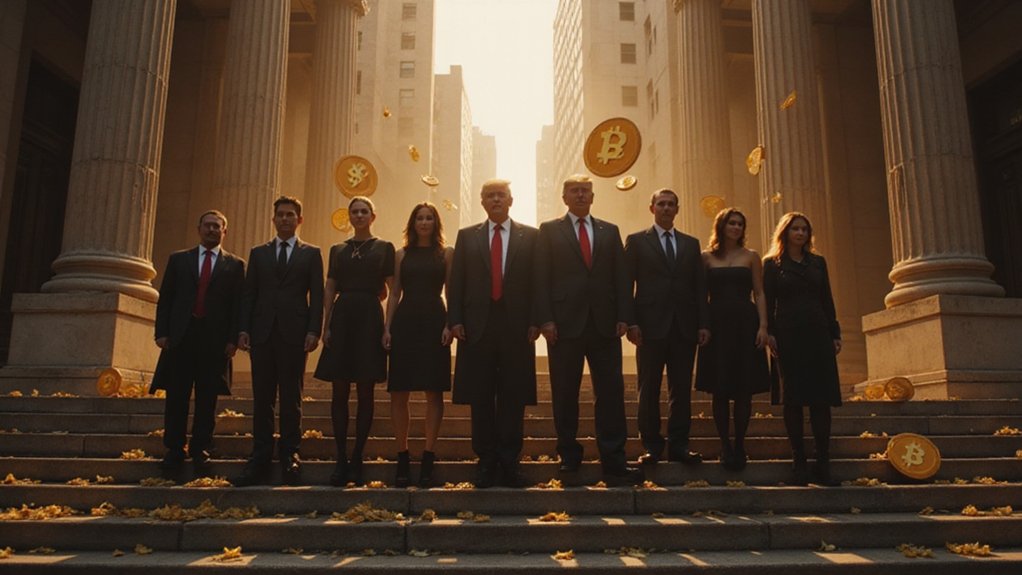While the crypto industry has spent years promising to revolutionize traditional finance, Kamino has quietly executed what many consider the most pragmatic bridge between DeFi and TradFi yet conceived. The protocol’s integration of tokenized xStocks as collateral on Solana represents the first major DeFi lending platform to accept equity-backed tokens, beginning with AAPLx—Apple stock reimagined for the blockchain age.
The xStocks protocol underpinning this innovation maintains 1:1 backing with actual securities, powered by Chainlink’s data standard to guarantee market transparency. This architecture enables something traditional finance has long resisted: 24/7 liquidity for equity positions, complete with fractionalization and composability within DeFi applications. Users can now borrow stablecoins against their tokenized stock holdings, effectively releasing liquidity from long-term equity positions without triggering taxable events.
Kamino’s v2 launch introduces a dedicated xStocks Market designed specifically for asset-backed lending, with plans to expand beyond Apple to include Tesla (xTSLA) and Microsoft (xMSFT). The permissionless financial rails aspire to unify TradFi use cases with DeFi’s efficiency—a lofty goal that suddenly appears achievable given the platform’s transparent, decentralized infrastructure. This positioning establishes Kamino as a comprehensive on-chain asset market where users can exchange, mortgage loans, or engage in margin trading.
The timing proves prescient as centralized exchanges like Kraken and Bybit have adopted xStocks for trading, while Robinhood develops its own tokenized stock solution on Arbitrum. This cross-chain interest signals broader industry momentum toward tokenized equities, though regulatory scrutiny remains intense. The SEC continues classifying tokenized securities as securities, creating compliance complexities that could complicate mainstream adoption.
For DeFi users, tokenized stock collateral offers diversification beyond notoriously volatile crypto assets. The ability to maintain equity exposure while accessing DeFi liquidity represents a compelling value proposition, particularly for investors seeking to optimize capital efficiency without liquidating long-term positions. Effective risk management strategies become crucial when using tokenized equities as collateral, as traders must navigate both traditional market volatility and DeFi-specific risks.
Yet questions persist about cross-jurisdictional regulations and the legal frameworks governing tokenized securities issuance. Kamino’s bold integration pushes DeFi closer toward absorbing traditional financial assets, though whether regulators will accommodate this convergence remains uncertain. The protocol’s success could determine whether tokenized equities become a DeFi staple or remain a fascinating experiment in financial innovation.









